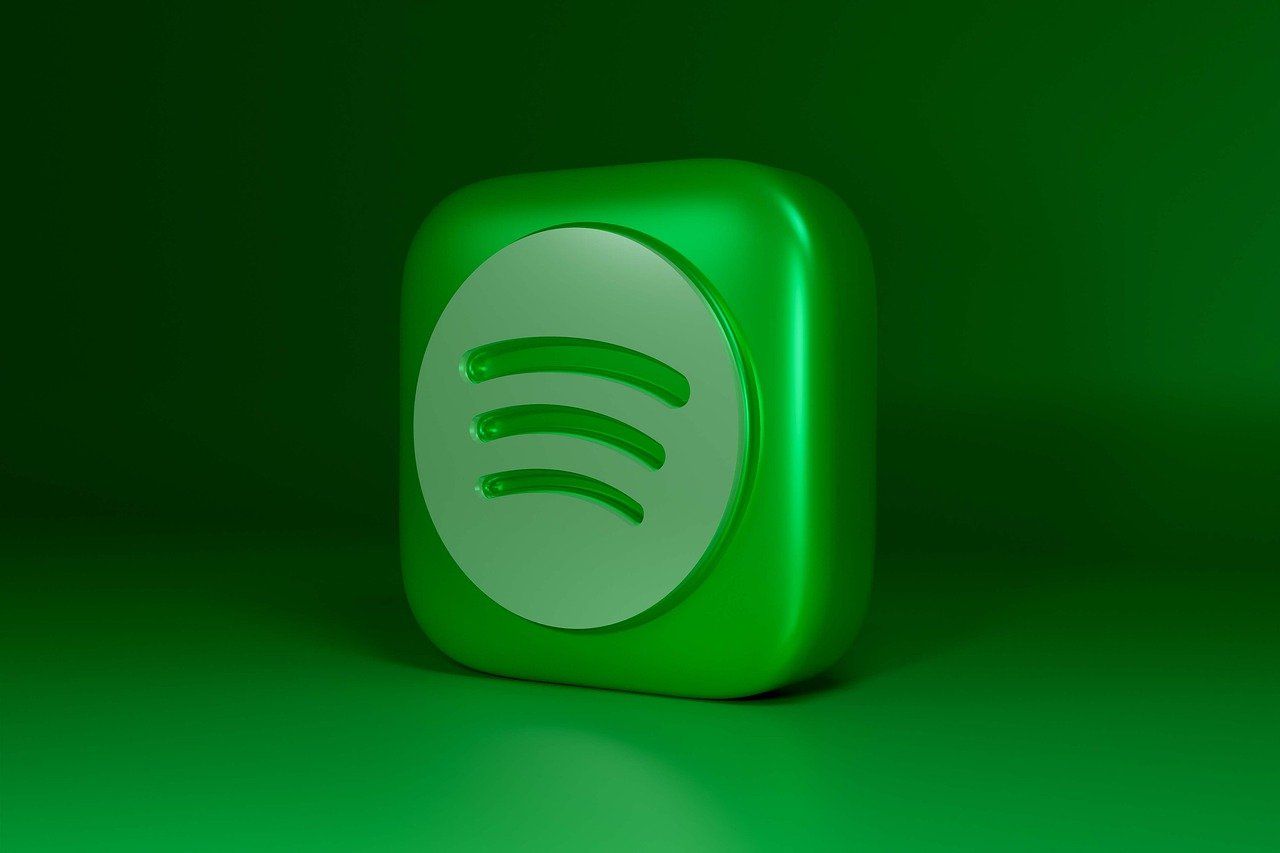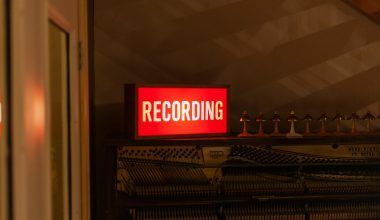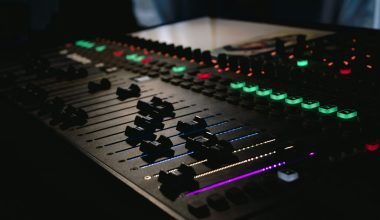Have you ever wondered how much your favorite artist earns when you stream their music on Spotify? It’s a fascinating topic, and one that often raises eyebrows. While Spotify has revolutionized how we access music, the way it compensates artists can feel a bit like navigating a maze. Let’s break it all down in simple terms so you can understand how the spotify artist payouts system works and why it matters.
How Does Spotify Make Money?
Before diving into payouts, it’s important to understand Spotify’s business model. Spotify makes money primarily in two ways: through premium subscriptions and advertisements. When you pay for a premium subscription, your monthly fee contributes to Spotify’s revenue. On the other hand, if you use Spotify for free, the ads you hear generate income for the platform.
This revenue forms the foundation of the spotify artist payouts system. Essentially, the company pools its total revenue and allocates a portion of it to pay artists. However, this distribution isn’t as straightforward as it sounds.
The “Pro Rata” Payout Model
Spotify uses a method called the “pro rata” payout model. Here’s how it works: Spotify collects all the money it makes in a given period and puts it into one large pool. From that pool, a percentage is set aside for paying rights holders, which include record labels, publishers, and artists.
The catch? Artists don’t earn a fixed amount per stream. Instead, their earnings depend on the number of streams they get compared to the total number of streams on the platform. For example, if an artist’s songs make up 1% of all streams in a month, they receive 1% of the payout pool.
Why Don’t Artists Earn More Per Stream?
This is a question many fans and artists themselves often ask. On average, Spotify pays between $0.003 and $0.005 per stream. That means it can take thousands, or even millions, of streams for an artist to earn a significant amount.
But why is the per-stream payout so low? The answer lies in the number of hands the money passes through. Spotify doesn’t pay artists directly; it pays the rights holders, such as record labels and distributors. These rights holders then decide how to split the earnings with the artists. In many cases, the artist’s share is just a fraction of the total payout.
Who Benefits the Most?
In this system, top-tier artists and major record labels tend to benefit the most. Because payouts are tied to the total number of streams, artists with millions of listeners naturally earn more. Independent or niche artists, on the other hand, often struggle to make a sustainable income from Spotify alone.
However, the system isn’t entirely one-sided. Spotify provides exposure to millions of potential fans, which can lead to concert ticket sales, merchandise revenue, and other opportunities. For many smaller artists, this visibility can be just as valuable as the payouts.
The Debate Around Fairness
The Spotify artist payout model has sparked heated debates. Critics argue that the system favors big-name artists and leaves little room for independent musicians to thrive. Some have called for a “user-centric” payout model, where subscription fees are distributed based on the listening habits of individual users. This would mean your subscription fee directly supports the artists you listen to most.
Proponents of the current system, however, argue that it’s fairer because it rewards popularity. They also point out that Spotify’s success has created a larger pie for everyone to share, even if individual slices can feel small.
What Are the Alternatives?
Several alternative streaming platforms are experimenting with different payout models. For instance, some platforms offer direct artist support, where listeners can tip their favorite musicians or pay extra for exclusive content. Others are exploring blockchain technology to create more transparent payment systems.
While these alternatives show promise, Spotify’s massive user base gives it a significant edge. Most artists feel they can’t afford to skip out on Spotify’s reach, even if the payouts aren’t ideal.
How Artists Can Maximize Earnings
Despite the challenges, there are ways artists can boost their earnings on Spotify. Here are a few strategies:
- Build a Loyal Fanbase: Encourage fans to stream your music regularly and add it to their playlists.
- Release New Content Often: Frequent releases keep your audience engaged and drive more streams.
- Leverage Playlists: Getting featured on popular playlists can significantly increase your streams.
- Promote Your Music: Use social media and other platforms to direct listeners to Spotify.
- Sell Merchandise: Use Spotify’s artist profile tools to link to your merch store.
The Role of Fans in Supporting Artists
Fans play a crucial role in the Spotify artist payout ecosystem. By streaming music, sharing it with friends, and attending live shows, fans help their favorite artists earn more. If you want to directly support an artist, consider buying their music or merchandise, attending their concerts, or contributing to crowdfunding campaigns.
The Future of Spotify Artist Payouts
The music industry is constantly evolving, and so is Spotify’s payout system. As technology advances and listener habits change, new models and opportunities are likely to emerge. For now, understanding how the system works and supporting artists in other ways can make a big difference.
Spotify artist payouts may not be perfect, but they’re part of a broader ecosystem that’s reshaping the way we experience music. By staying informed and engaged, we can help create a future where artists are fairly compensated for their work.
For further reading, explore these related articles:
For additional resources on music marketing and distribution, visit DMT Records Pvt. Ltd..






